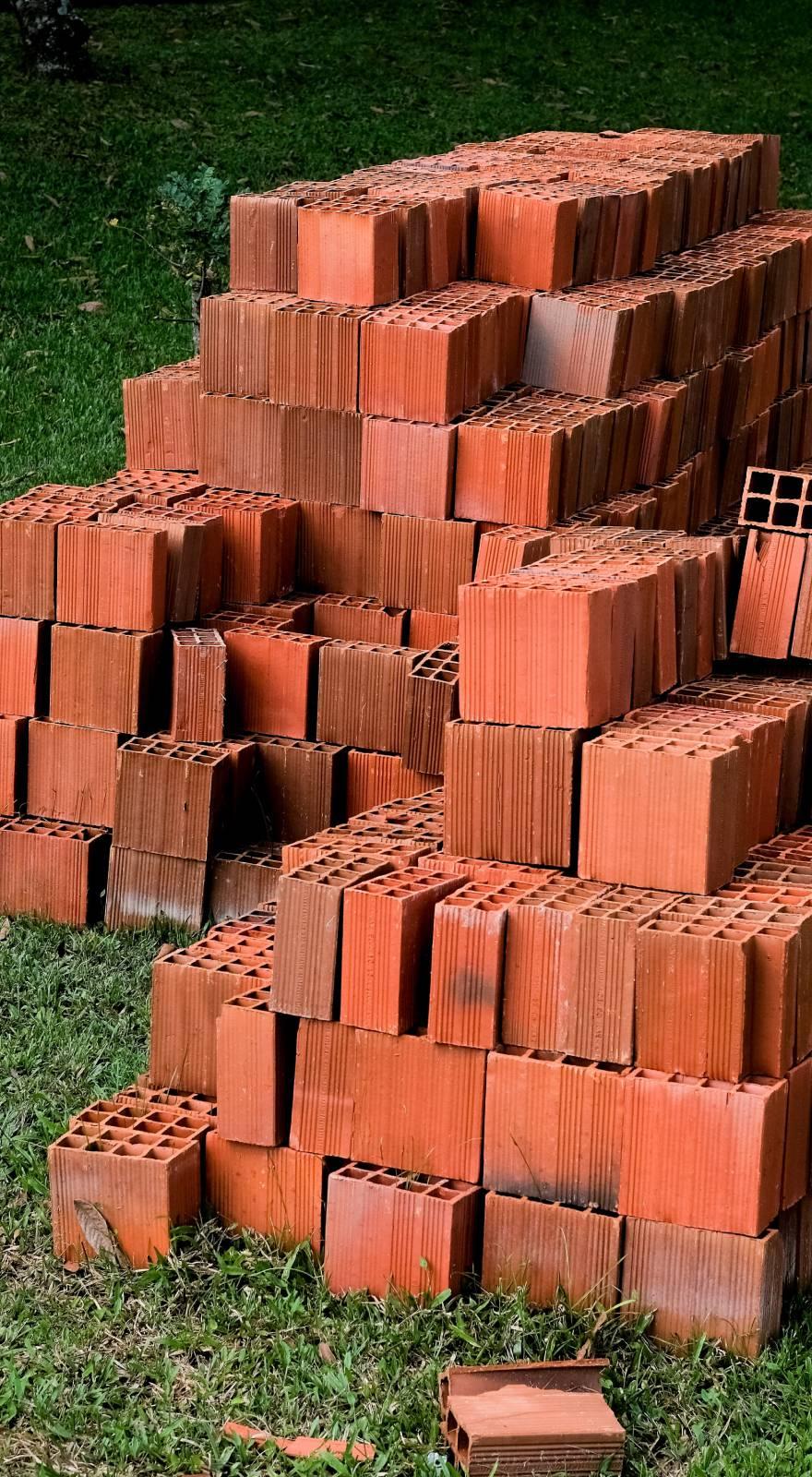Knowde Enhanced TDS
Identification & Functionality
- Chemical Family
- Reinforcement Material
- Composite Materials Functions
- Technologies
- Product Families
Features & Benefits
- Materials Features
- Advantages
- Low in weight
- Available in any length
- Low thickness
- Outstanding fatigue resistance
- Economical application – no heavy handling and installation equipment
- Easy installation
Applications & Uses
- Markets
- Applications
- Compatible Reinforcements
- Composites End Use
- Uses
The V2 CFRP system can be used to strengthen reinforced concrete and timber structures that are weakened
by:- Load increases
- Damage to structural parts
- A change in previously used structural system
- Design or construction defects
- Instructions for Use
Surface Preparation
The concrete or timber surface must be clean and free from grease and oil, dry, and have no loose particles or laitance. This can be prepared by blast cleaning, scabbling or grinding. The concrete age should be 3 to 6 weeks minimum, depending on thickness, curing conditions, etc. The surface to be coated must be level with steps and formwork marks must not be greater than 0.5mm. After cleaning remove all dust from the surface with an industrial vacuum cleaner.
Mixing
Pre-mix each component. Measure exactly 2 parts "A" to 1 part "B" by volume into a clean pail. Only mix the amount of material that can be used within the pot life. Mix epoxy for three minutes using a low speed drill with a mixing paddle (never mix by hand). Scrape the sides and bottom of the pail while mixing.
Application
Only a specially trained contractor should perform installation of this system.
Before application, the existing surface must be primed and sealed with (epoxy). Apply the well mixed Biscuit Bond adhesive carefully with a putty knife or trowel to the substrate. An ideal glue line is 1/8” or less. Clean the CFRP laminate then apply a thin amount of adhesive across the width of the laminate. Place the laminate onto the substrate surface. Using a roller, press the laminate into the epoxy until adhesive is pushed out from under the laminate. Remove all excess adhesive.
Cleaning
Clean tools immediately, Wash hands and skin thoroughly in warm soapy water. Cured material can only be removed technically.
Properties
- Physical Form
- Mechanical Properties
- Typical Properties
| Value | Units | Test Method / Conditions | |
| Tensile Strength | 400000 | psi | — |
| Elongation at Break | 1.8 | % | — |
| Value | Units | Test Method / Conditions | |
| Modulus of Elasticity | 22500000 | psi | — |
| Fiber Volume Content | min. 65 | % | — |
| Temperature Resistance | 300 | °F | — |
Technical Details & Test Data
- Limitations
- All design and load calculations must be made and certified by a licensed professional engineer for each specific design installation.
- The installed system acts as a vapor barrier. Concrete should not be fully encapsulated in areas of freeze/thaw.
Storage & Handling
- Shelf Life
- Unlimited

